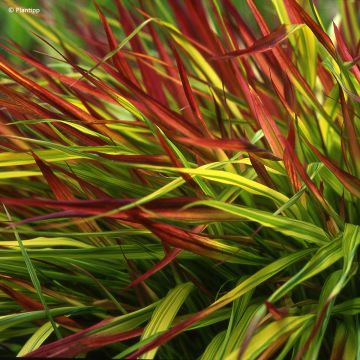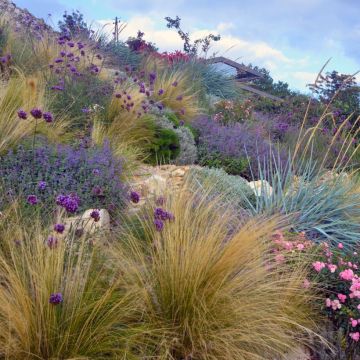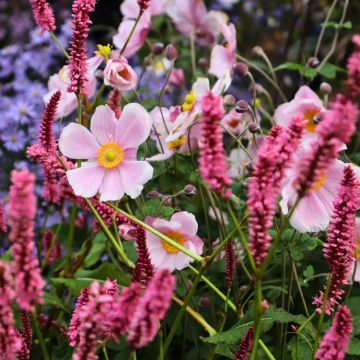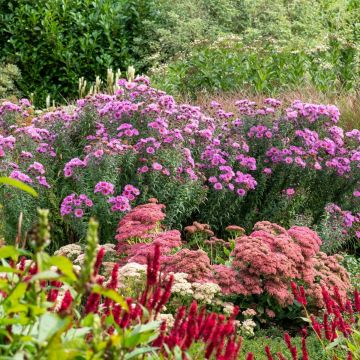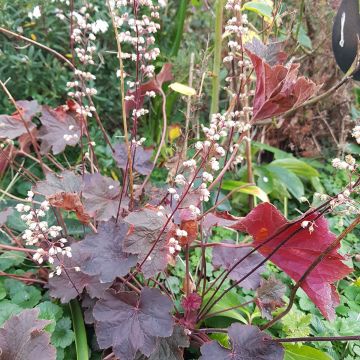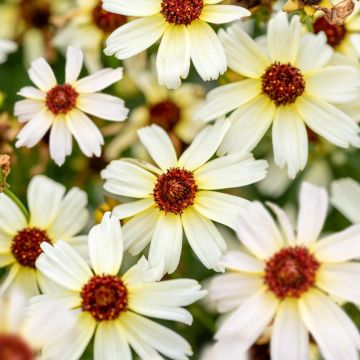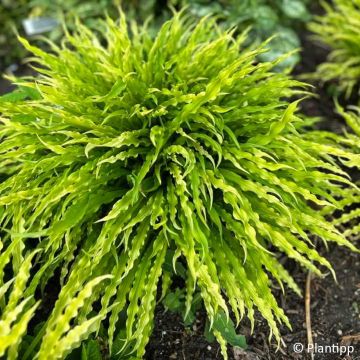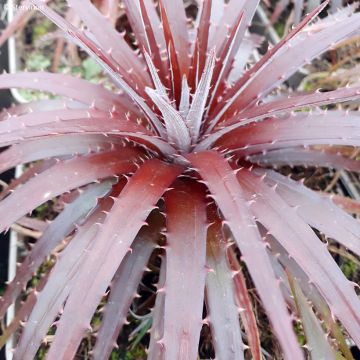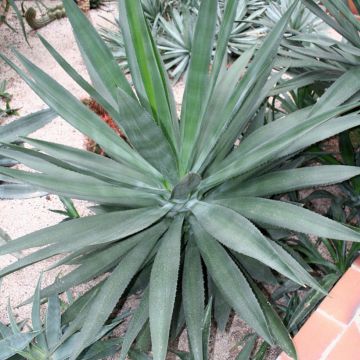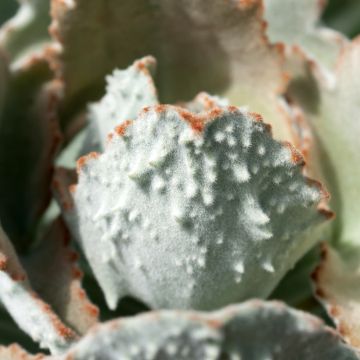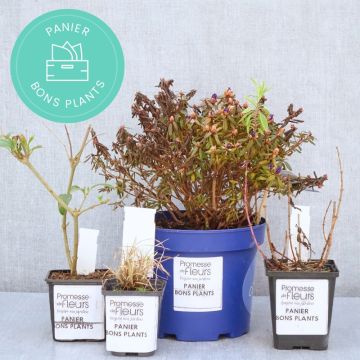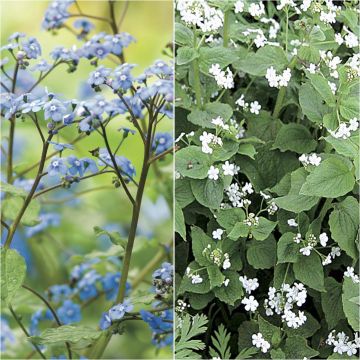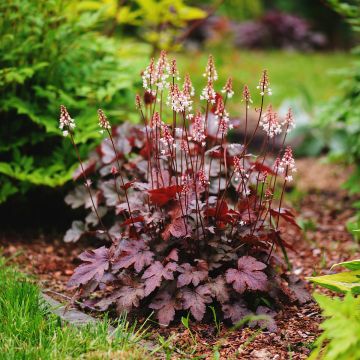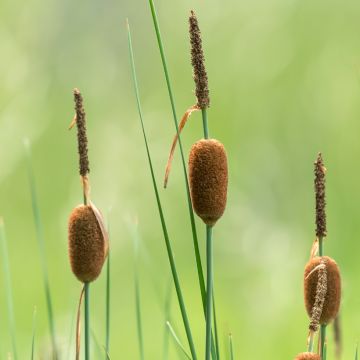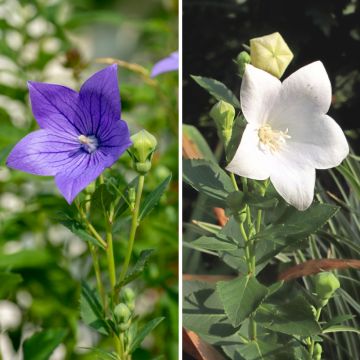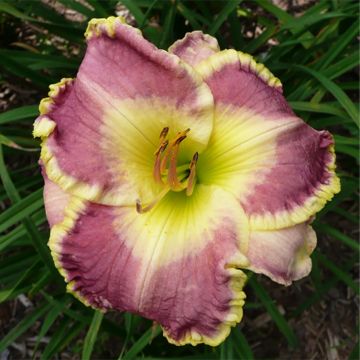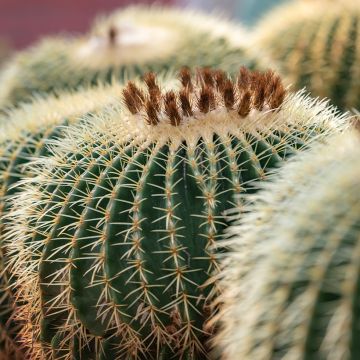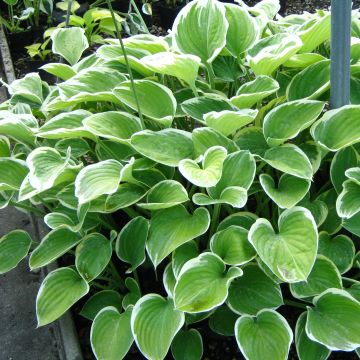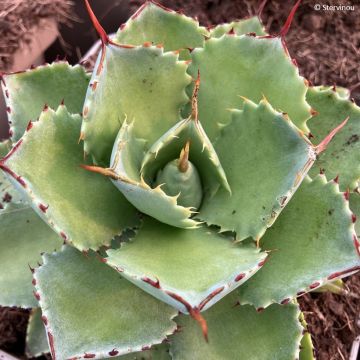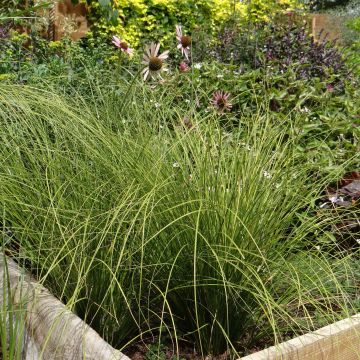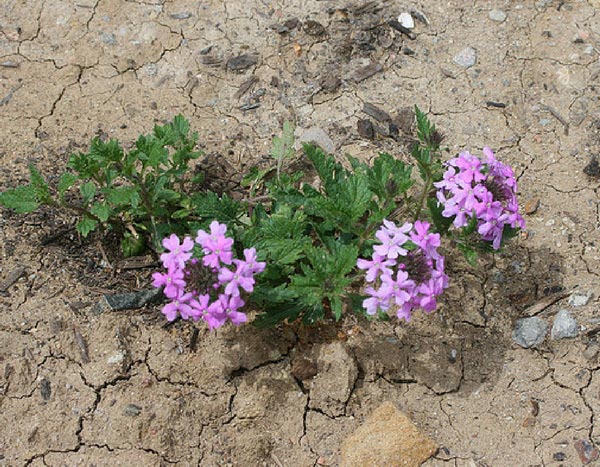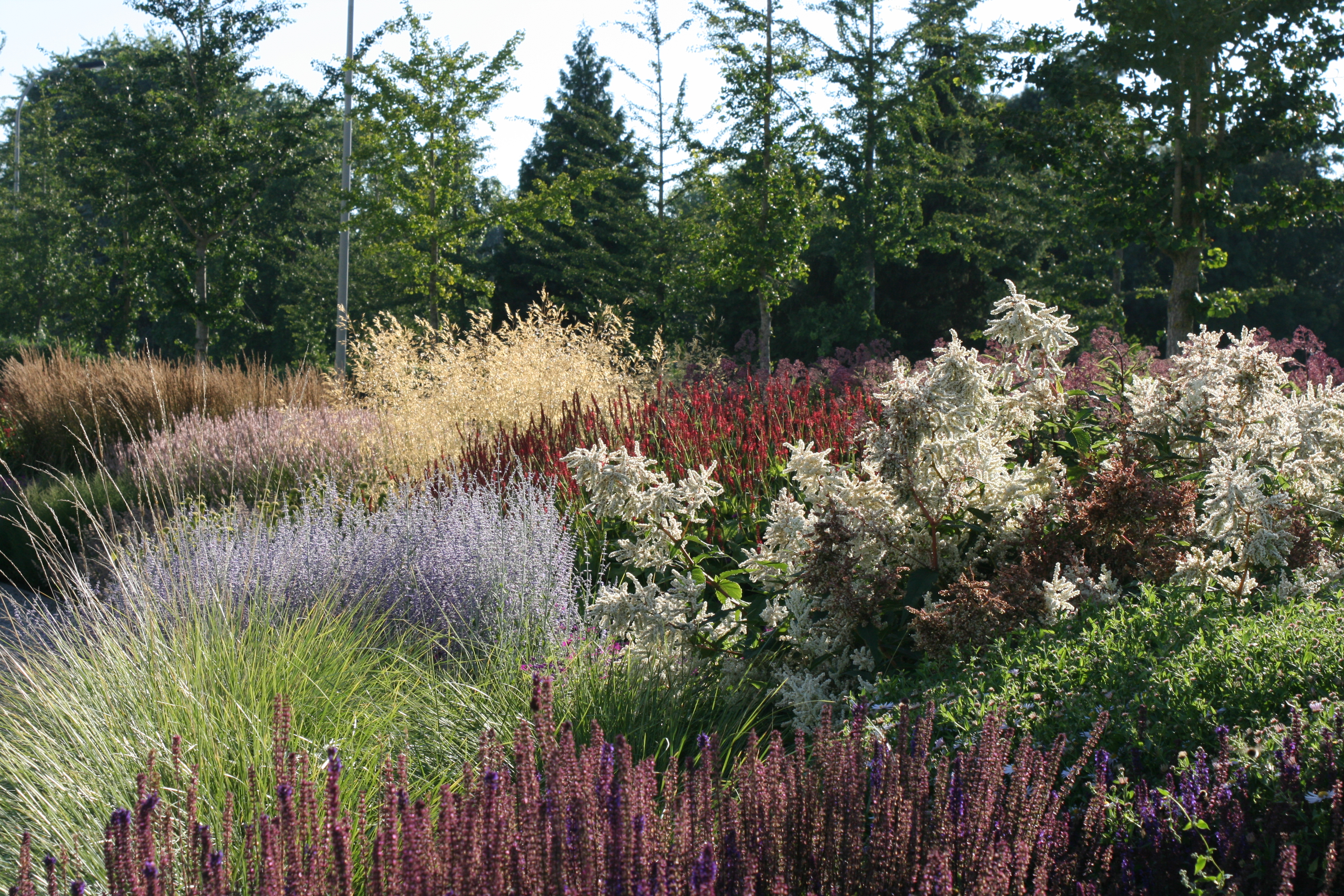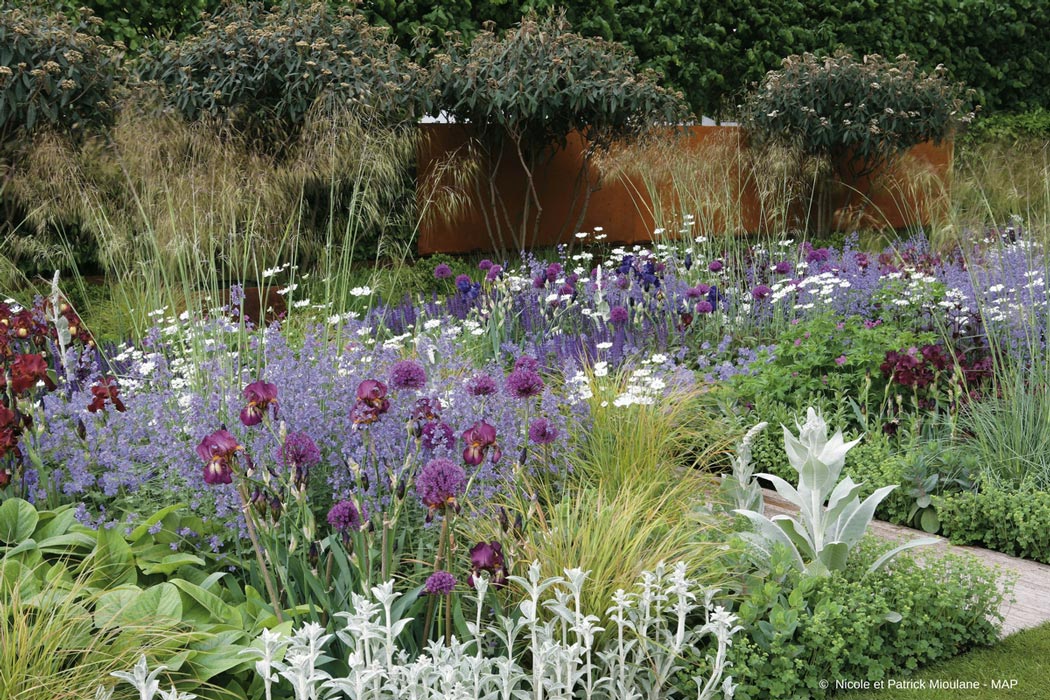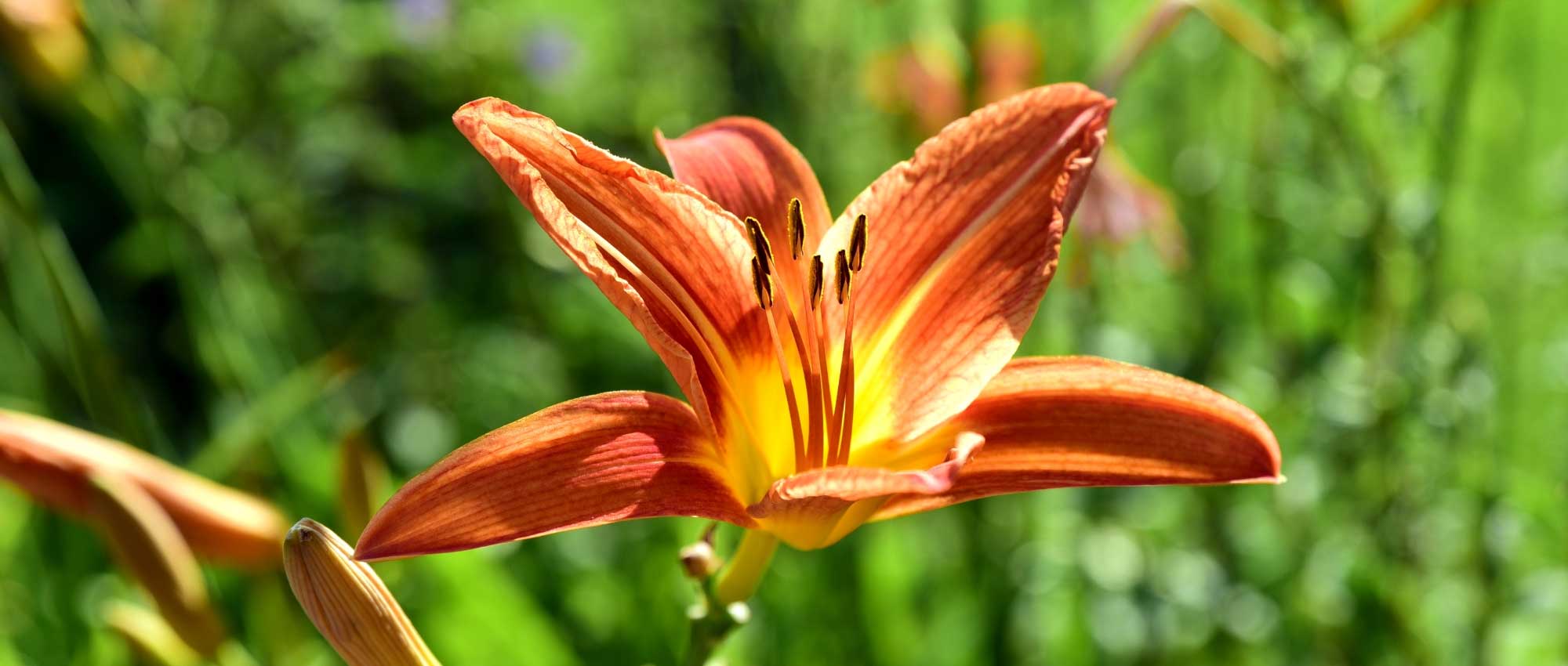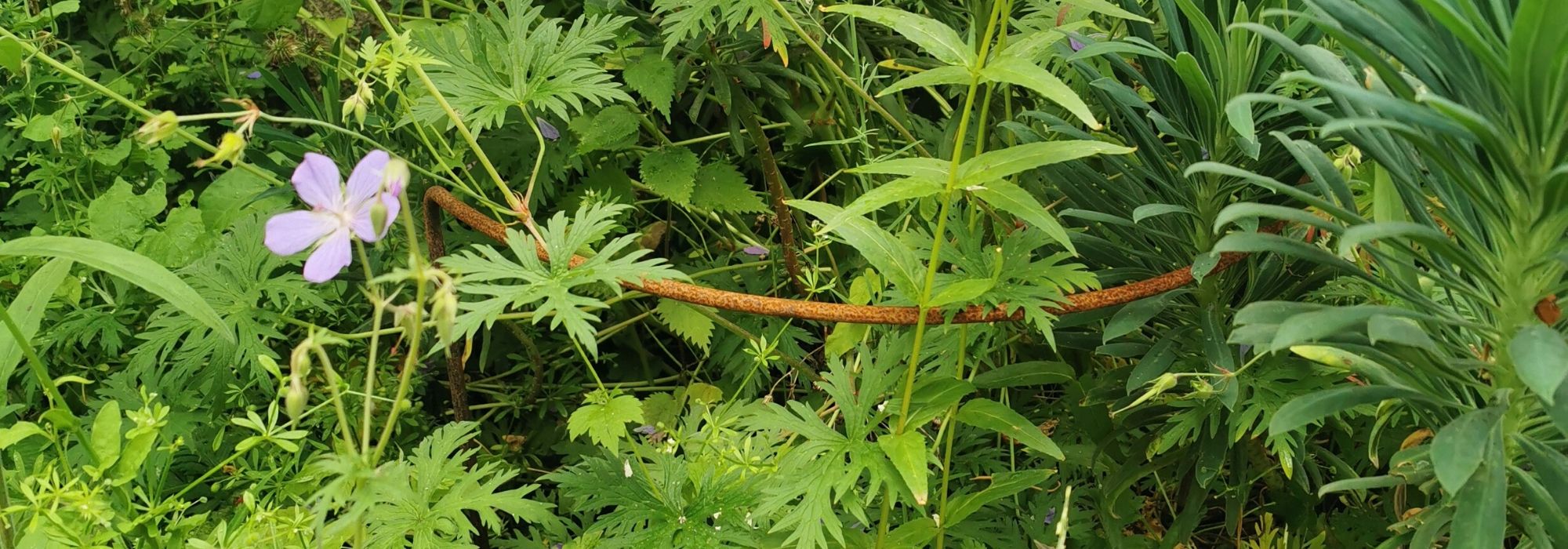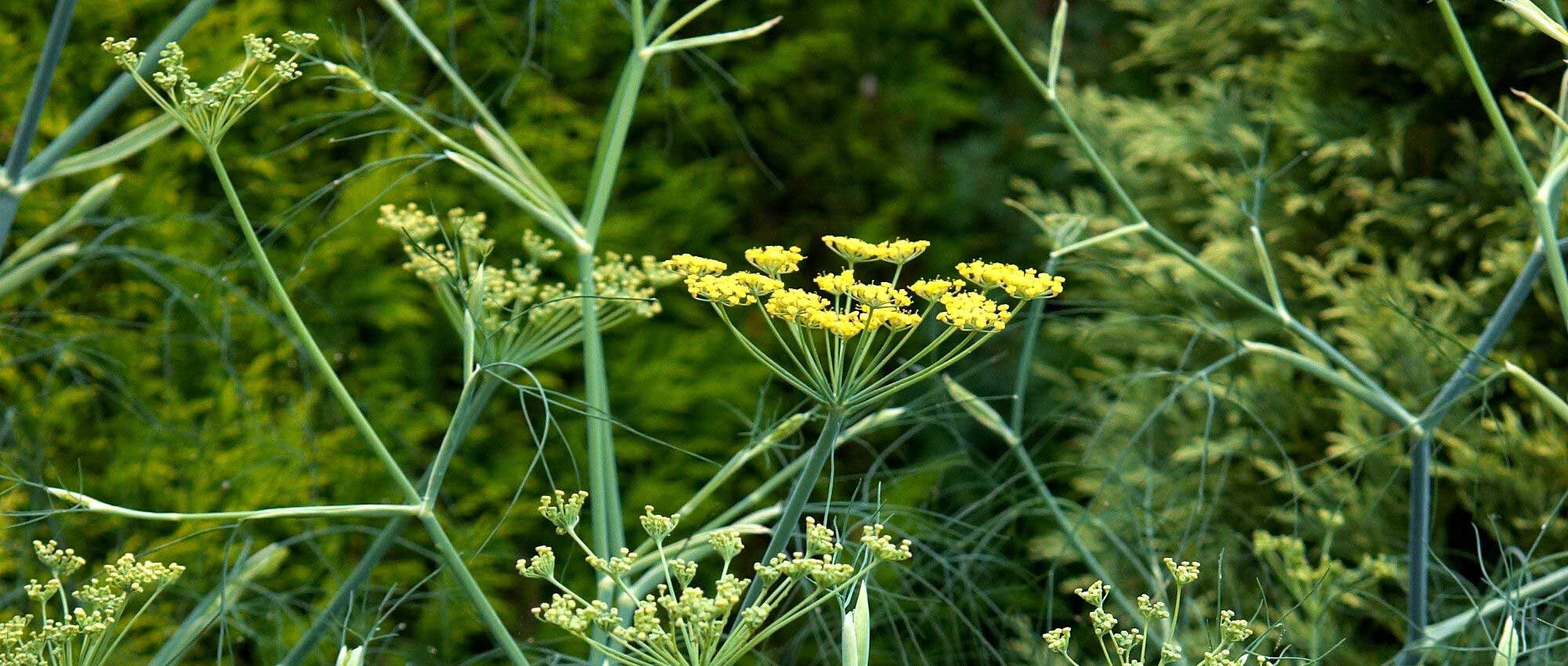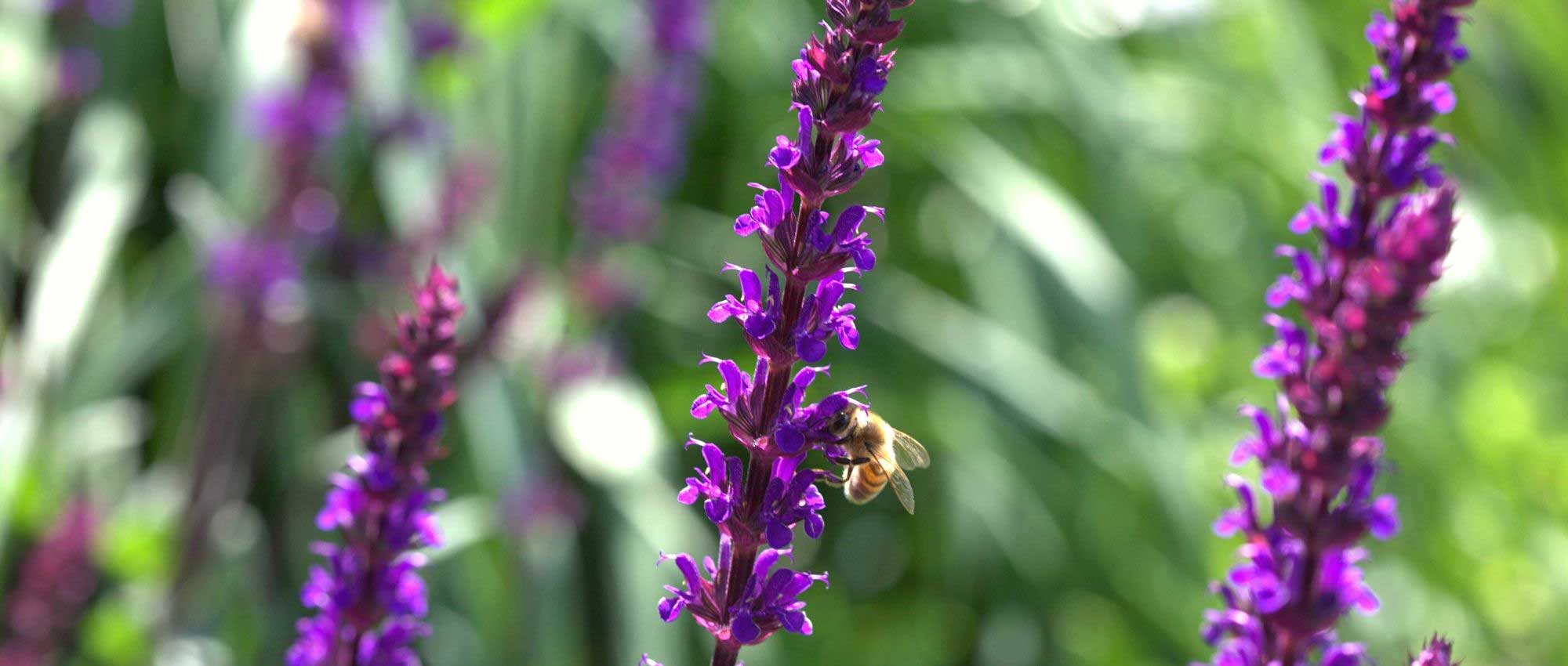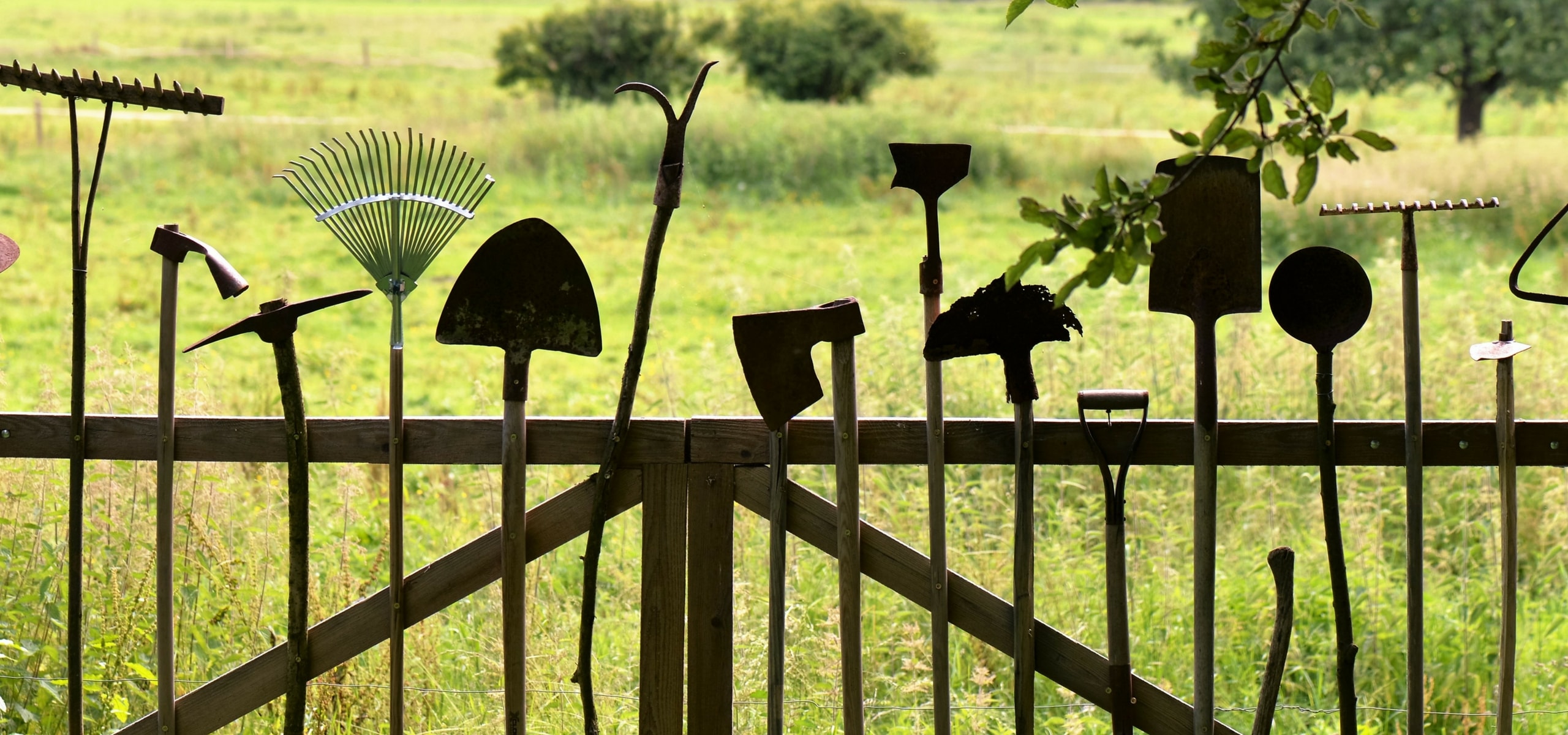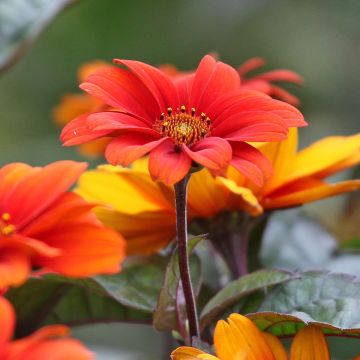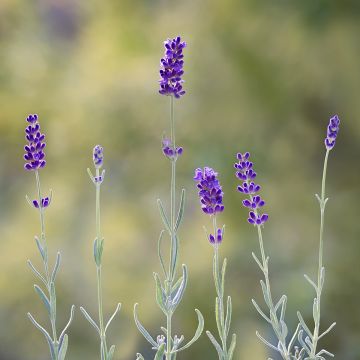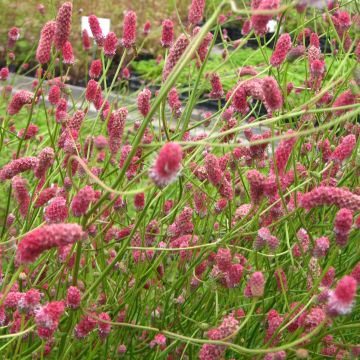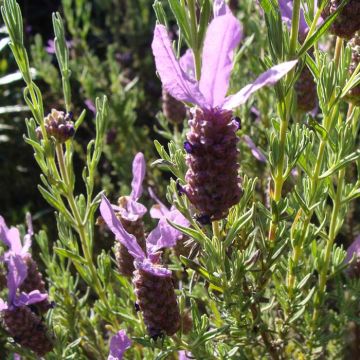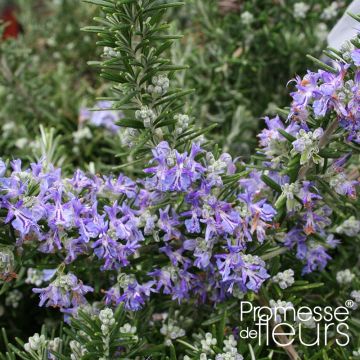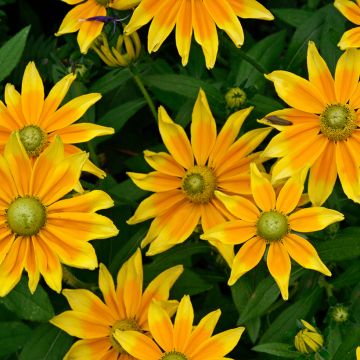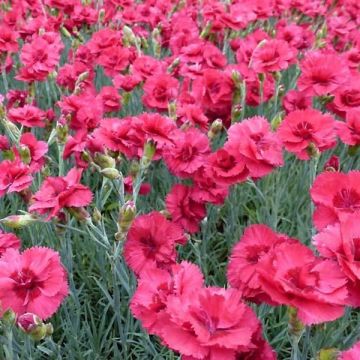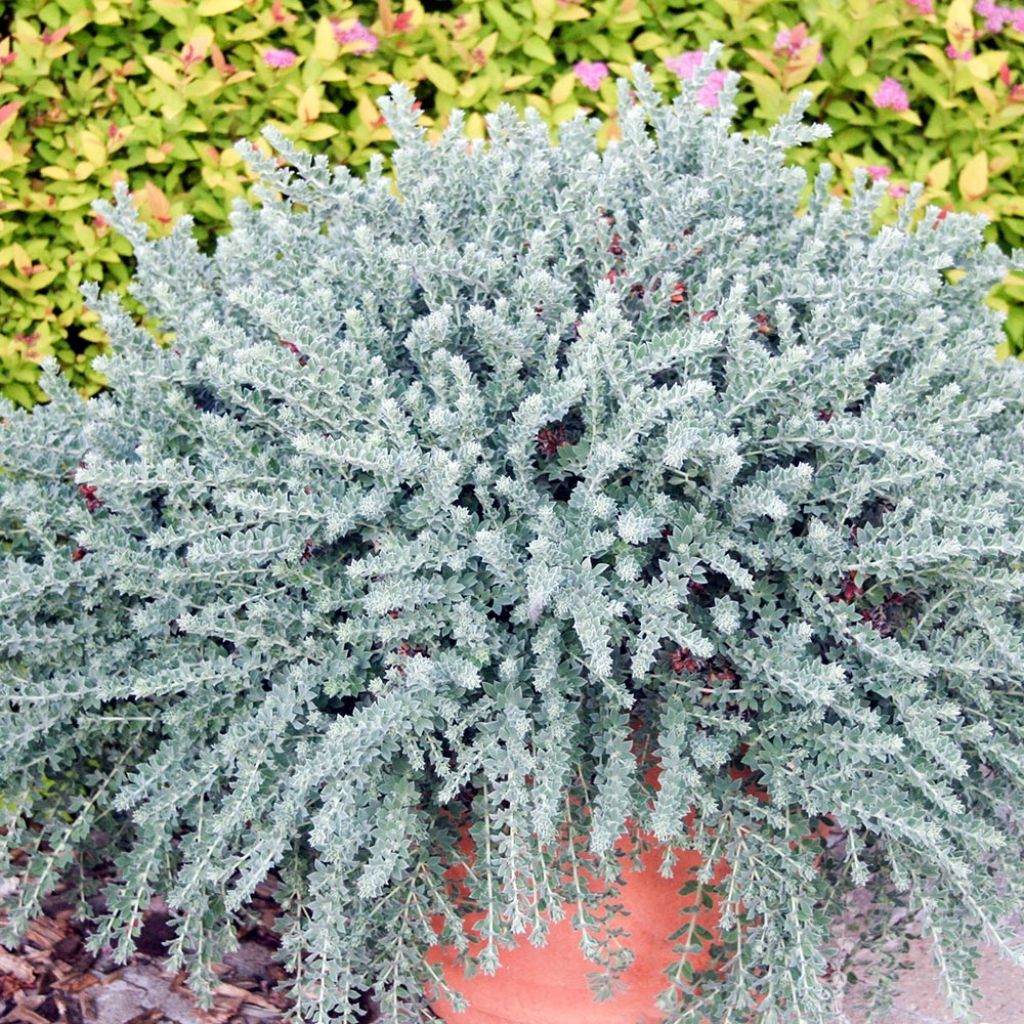

Dorycnium hirsutum Little Boy Blue
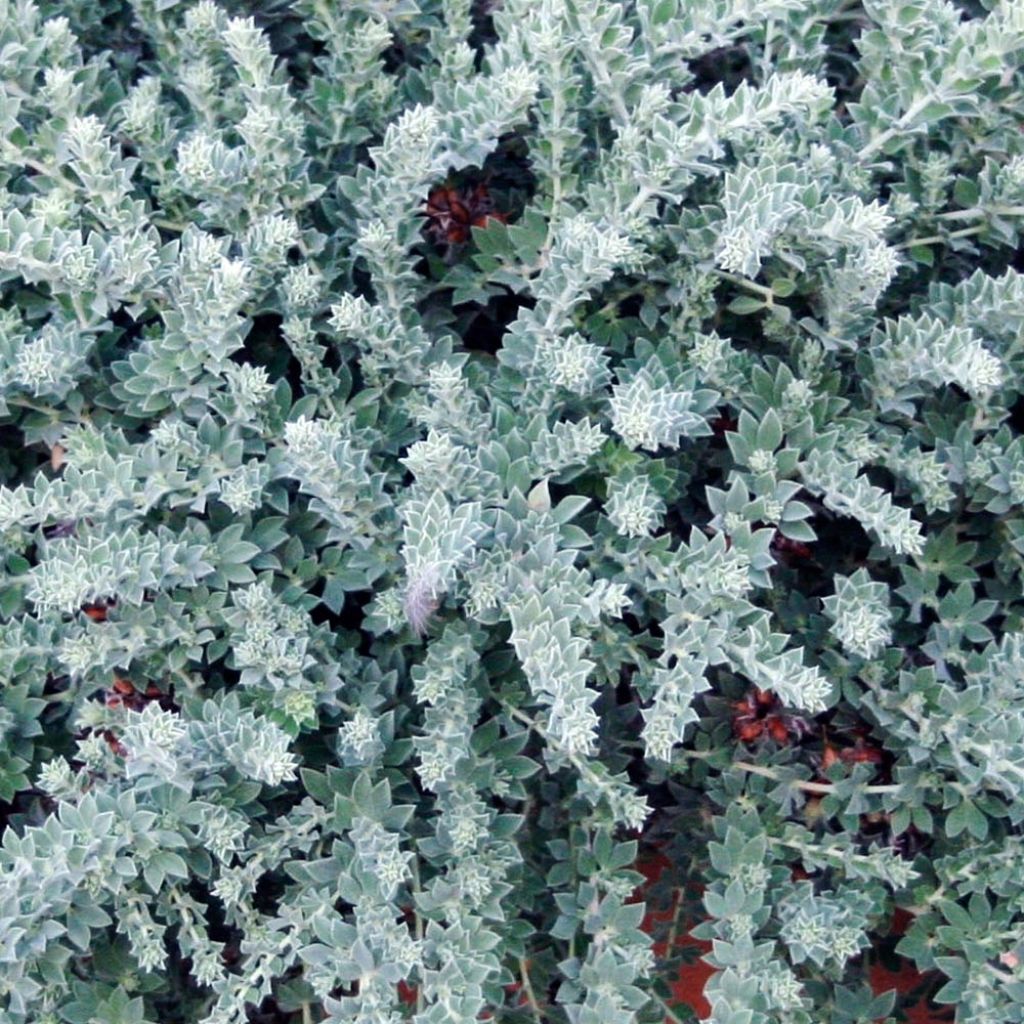

Dorycnium hirsutum Little Boy Blue
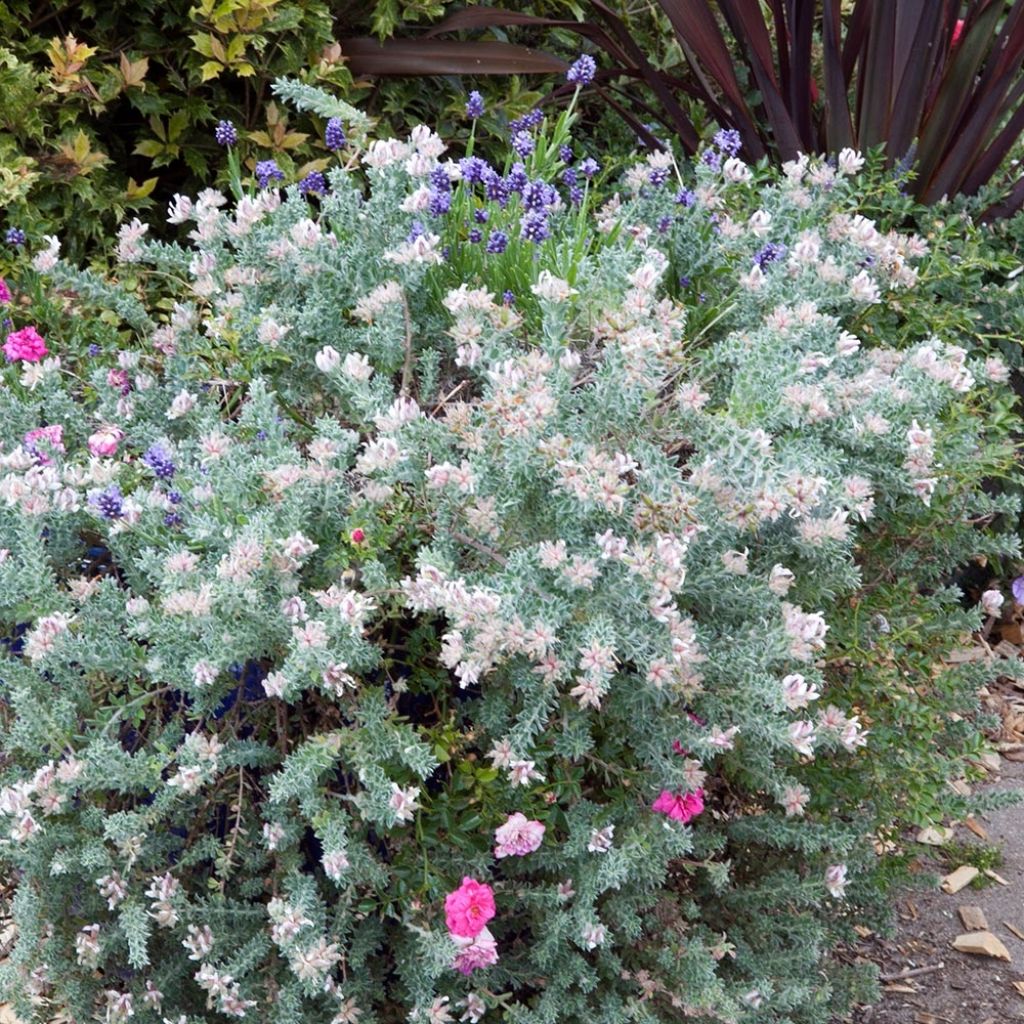

Dorycnium hirsutum Little Boy Blue
Dorycnium hirsutum Little Boy Blue - Canary Clover
Dorycnium hirsutum Little Boy Blue
Hairy Canary-clover
Special offer!
Receive a €20 voucher for any order over €90 (excluding delivery costs, credit notes, and plastic-free options)!
1- Add your favorite plants to your cart.
2- Once you have reached €90, confirm your order (you can even choose the delivery date!).
3- As soon as your order is shipped, you will receive an email containing your voucher code, valid for 3 months (90 days).
Your voucher is unique and can only be used once, for any order with a minimum value of €20, excluding delivery costs.
Can be combined with other current offers, non-divisible and non-refundable.
Why not try an alternative variety in stock?
View all →This plant carries a 12 months recovery warranty
More information
We guarantee the quality of our plants for a full growing cycle, and will replace at our expense any plant that fails to recover under normal climatic and planting conditions.
Does this plant fit my garden?
Set up your Plantfit profile →
Description
Dorycnium hirsutum 'Little Boy Blue', also known as hairy canary clover, is a superb cultivar with silver-grey foliage, of Mediterranean origin. It has a dense and branching growth and beautiful, velvety, evergreen foliage that is very soft to the touch. In late spring or summer, it is covered with a multitude of small white flowers with silky petals, forming a light mass on the foliage. This plant is perfect as groundcover, to colonise slopes and slightly wild areas of the garden, but also in pots, in well-drained soil and in full sun.
Dorycnium hirsutum belongs to the Fabaceae family. The excellent cultivar 'Little Boy Blue' stands out mainly for the colour of its foliage, which is green-silver to grey-blue. It forms a small bush of 50 cm (20in) in all directions, with dense and rather spreading growth. It has small, evergreen leaves composed of 3 leaflets and 2 stipules covered with small silky hairs that make it attractive all year round. Between June and July, depending on the climate, it is covered with small white-pink and silver flowers, harmoniously matching its foliage. They are born in the axils of the leaves, grouped in clusters of 5 to 9. Melliferous and nectariferous, it has a typical flowering pattern of the pea family, with an upright standard, 2 fused wings, and a shorter keel ending in a red tip. The flowers are followed by ovoid pods, arranged in a star shape, of an elegant shiny purple, containing spherical seeds that are projected when ripe. The hairy Dorycnium does not live very long, especially in wet soil, but it easily self-seeds in dry and light soil.
This lovely plant, hardy up to -12°C (10.4°F), thrives on limestone, poor, well-drained soils, and tolerates sea spray well. Both wild and delicate, its bright foliage enhances, on a sunny slope or in a rockery, more spectacular perennials such as sages, penstemons, or rockroses. In a dry garden, it is a pioneering plant, ideal for quickly filling a large slope or a bed, along with cistus and lavender. Dorycnium also adapts very well to container gardening, as long as you allow the substrate to dry between waterings.
Report an error about the product description
Dorycnium hirsutum Little Boy Blue - Canary Clover in pictures
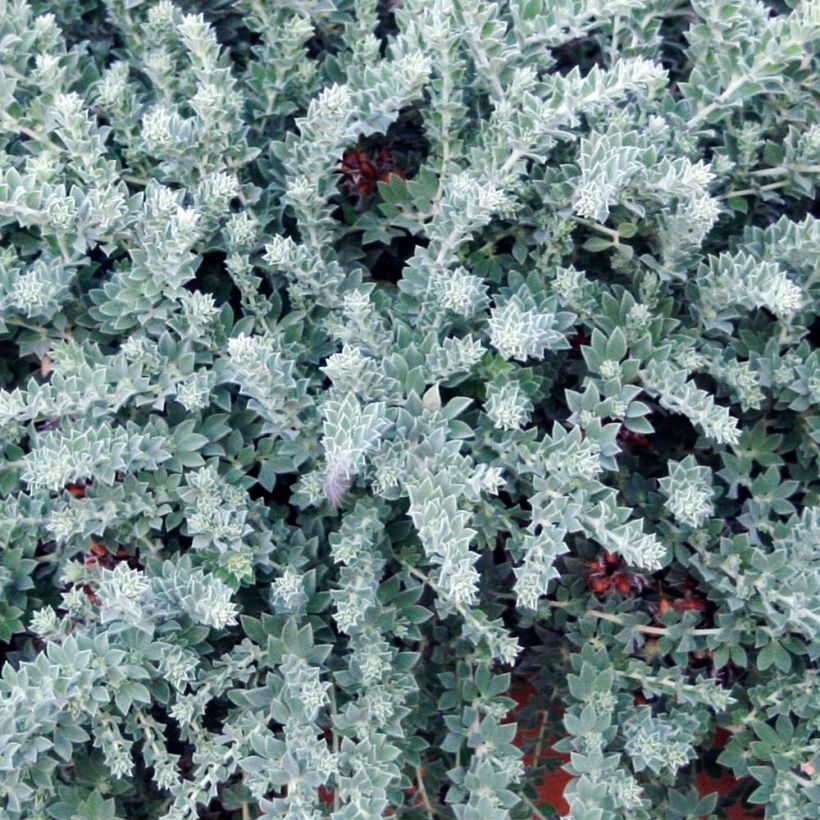

Flowering
Foliage
Plant habit
Botanical data
Dorycnium
hirsutum
Little Boy Blue
Fabaceae
Hairy Canary-clover
Mediterranean
Other Perennials A to Z
View all →Planting and care
Dorycnium will thrive in any type of soil, whether it be acidic, neutral, or alkaline, poor, rocky, or sandy. A well-drained soil improves hardiness, and sea spray poses no problem. It can also be grown in a pot that you will store in a cool room or in a cold greenhouse during winter. Place it in a very sunny location. In the ground: Dig a wide and deep hole to loosen the soil. Add gravel to the bottom or mix coarse sand with the soil if it is too clay, rich, and compact. For container cultivation: Preferably use a terracotta pot that retains less moisture at the root level. Place a layer of gravel at the bottom of the pot, then create a well-draining mixture like the one suggested above.
Planting period
Intended location
Care
Planting & care advice
This item has not been reviewed yet - be the first to leave a review about it.
Similar products
Haven't found what you were looking for?
Hardiness is the lowest winter temperature a plant can endure without suffering serious damage or even dying. However, hardiness is affected by location (a sheltered area, such as a patio), protection (winter cover) and soil type (hardiness is improved by well-drained soil).

Photo Sharing Terms & Conditions
In order to encourage gardeners to interact and share their experiences, Promesse de fleurs offers various media enabling content to be uploaded onto its Site - in particular via the ‘Photo sharing’ module.
The User agrees to refrain from:
- Posting any content that is illegal, prejudicial, insulting, racist, inciteful to hatred, revisionist, contrary to public decency, that infringes on privacy or on the privacy rights of third parties, in particular the publicity rights of persons and goods, intellectual property rights, or the right to privacy.
- Submitting content on behalf of a third party;
- Impersonate the identity of a third party and/or publish any personal information about a third party;
In general, the User undertakes to refrain from any unethical behaviour.
All Content (in particular text, comments, files, images, photos, videos, creative works, etc.), which may be subject to property or intellectual property rights, image or other private rights, shall remain the property of the User, subject to the limited rights granted by the terms of the licence granted by Promesse de fleurs as stated below. Users are at liberty to publish or not to publish such Content on the Site, notably via the ‘Photo Sharing’ facility, and accept that this Content shall be made public and freely accessible, notably on the Internet.
Users further acknowledge, undertake to have ,and guarantee that they hold all necessary rights and permissions to publish such material on the Site, in particular with regard to the legislation in force pertaining to any privacy, property, intellectual property, image, or contractual rights, or rights of any other nature. By publishing such Content on the Site, Users acknowledge accepting full liability as publishers of the Content within the meaning of the law, and grant Promesse de fleurs, free of charge, an inclusive, worldwide licence for the said Content for the entire duration of its publication, including all reproduction, representation, up/downloading, displaying, performing, transmission, and storage rights.
Users also grant permission for their name to be linked to the Content and accept that this link may not always be made available.
By engaging in posting material, Users consent to their Content becoming automatically accessible on the Internet, in particular on other sites and/or blogs and/or web pages of the Promesse de fleurs site, including in particular social pages and the Promesse de fleurs catalogue.
Users may secure the removal of entrusted content free of charge by issuing a simple request via our contact form.
The flowering period indicated on our website applies to countries and regions located in USDA zone 8 (France, the United Kingdom, Ireland, the Netherlands, etc.)
It will vary according to where you live:
- In zones 9 to 10 (Italy, Spain, Greece, etc.), flowering will occur about 2 to 4 weeks earlier.
- In zones 6 to 7 (Germany, Poland, Slovenia, and lower mountainous regions), flowering will be delayed by 2 to 3 weeks.
- In zone 5 (Central Europe, Scandinavia), blooming will be delayed by 3 to 5 weeks.
In temperate climates, pruning of spring-flowering shrubs (forsythia, spireas, etc.) should be done just after flowering.
Pruning of summer-flowering shrubs (Indian Lilac, Perovskia, etc.) can be done in winter or spring.
In cold regions as well as with frost-sensitive plants, avoid pruning too early when severe frosts may still occur.
The planting period indicated on our website applies to countries and regions located in USDA zone 8 (France, United Kingdom, Ireland, Netherlands).
It will vary according to where you live:
- In Mediterranean zones (Marseille, Madrid, Milan, etc.), autumn and winter are the best planting periods.
- In continental zones (Strasbourg, Munich, Vienna, etc.), delay planting by 2 to 3 weeks in spring and bring it forward by 2 to 4 weeks in autumn.
- In mountainous regions (the Alps, Pyrenees, Carpathians, etc.), it is best to plant in late spring (May-June) or late summer (August-September).
The harvesting period indicated on our website applies to countries and regions in USDA zone 8 (France, England, Ireland, the Netherlands).
In colder areas (Scandinavia, Poland, Austria...) fruit and vegetable harvests are likely to be delayed by 3-4 weeks.
In warmer areas (Italy, Spain, Greece, etc.), harvesting will probably take place earlier, depending on weather conditions.
The sowing periods indicated on our website apply to countries and regions within USDA Zone 8 (France, UK, Ireland, Netherlands).
In colder areas (Scandinavia, Poland, Austria...), delay any outdoor sowing by 3-4 weeks, or sow under glass.
In warmer climes (Italy, Spain, Greece, etc.), bring outdoor sowing forward by a few weeks.






























